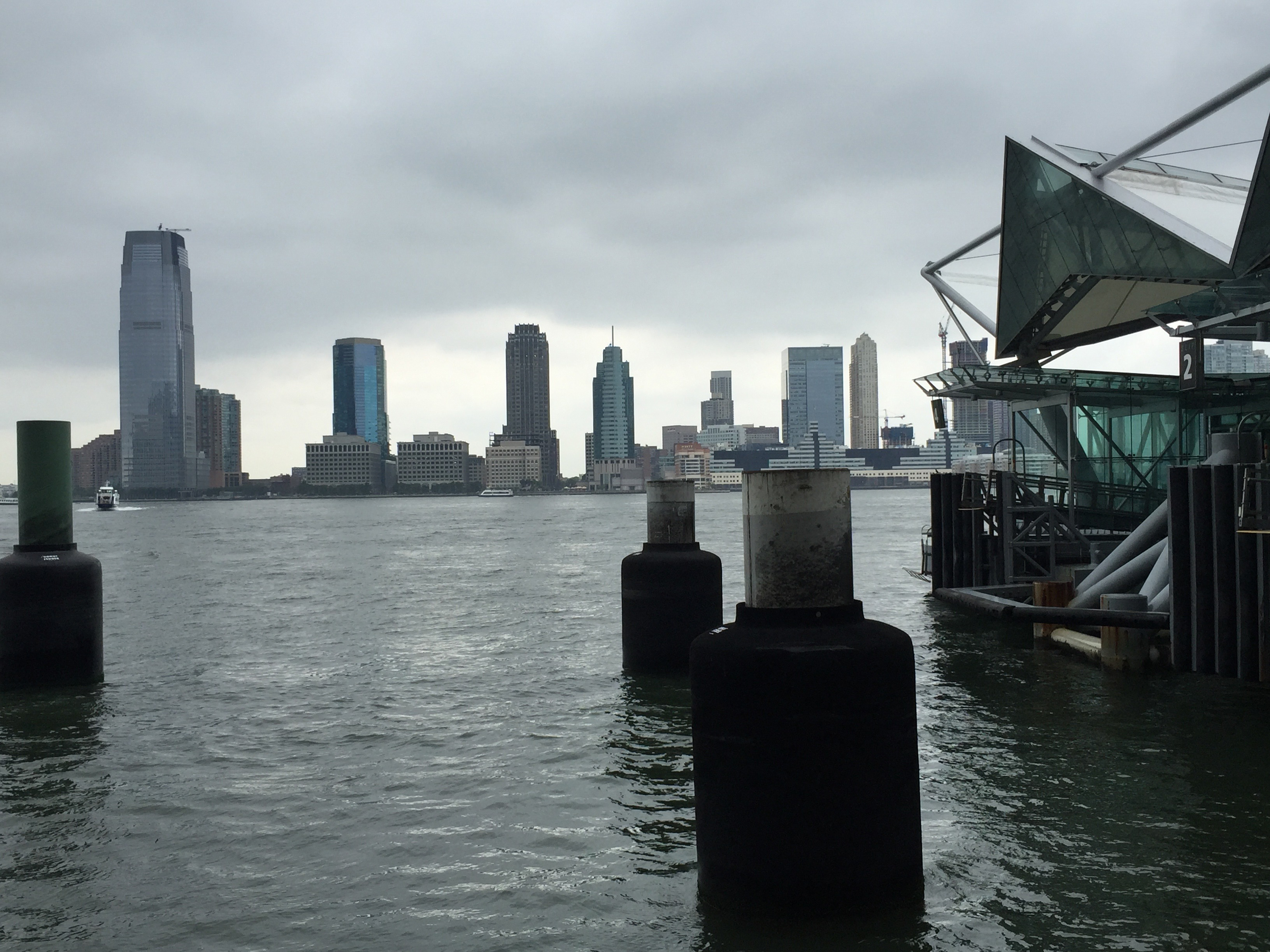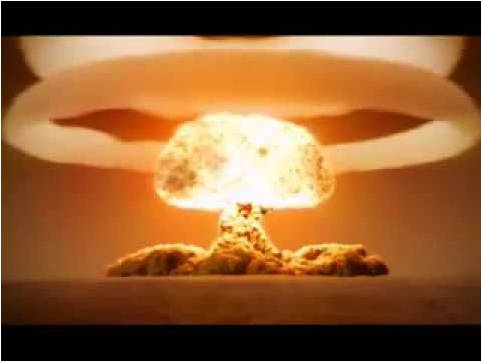Summary of the presentation on….
The Day We Narrowly Averted a
Nuclear Armageddon
with
Colonel/Dr. Tyrus W. Cobb
At the height of the Cold War, the U.S. and the Soviet Union came dangerously close to an all-out nuclear exchange. The near-apocalyptic 1983 confrontation came as a result of a number of factors, primarily an aging and paranoid Soviet leadership increasingly inclined to “worst-case analyses” that interpreted American actions in the most threatening manner. However, the Reagan administration also fed into this paranoia by ill-advised comments by senior leaders (e.g., Secretary of State Haig threatening to fire a “nuclear warning shot across the bow!”) and military exercises that culminated in the launch of a preemptive nuclear strike.
The little known 1983 crisis did not happen overnight, but came as a result of poor communications, unreliable intelligence analyses, a lack of understanding of each country’s intentions, and a failure to comprehend what certain actions and statements might convey to an aging and isolated Soviet leadership. All of this combined to create an impression in the Kremlin that a major U.S. military exercise, “Able Archer”, was in reality the prelude to an all-out nuclear strike against the USSR.
Dr. Cobb had joined the Reagan National Security Council staff just months before, with responsibilities for U.S. relations with West Europe and Canada. Later, he became more involved with the US-Soviet relationship, as Moscow finally turned to a younger and more dynamic leadership. Interestingly, he noted that at the time of this crisis, he was never aware of the near confrontation, and only learned details of the near launch of nuclear weapons much later.
Ty said he later discovered that the Soviet high command, in fact, did order the launch of what was seen as a retaliatory nuclear response to an imminent U.S. strike on the USSR. Very fortunately, two military officers took actions that defused the tension, one a Soviet Lt. Colonel who refused the order to launch ICBMs from the missile site he commanded, and an American General who called for the immediate termination of the “Able Archer” exercise.
Dr. Cobb stressed that the serious incident occurred at a very difficult time in U.S. and Soviet relations. The Kremlin was overseen by aging leaders, first Leonid Brezhnev, followed by former KGB chief Yuri Andropov (who lasted only 18 months in office before he died), and then 84 year old Konstatin Chernenko. It wasn’t until two years later that the Soviets finally went with a younger communist party head, Mikhail Gorbachev. As such, at the time of the crisis the Kremlin wanted simplistic analyses and those always portraying a “worst case situation”.
In this atmosphere Soviet analysts seemed genuinely concerned that the U.S. was contemplating a “disarming first nuclear strike” and that the U.S. was becoming increasingly disposed to utilize its apparent military supremacy to achieve its policy goals. Recall that earlier in the year the U.S. successfully invaded Grenada and expelled the Cubans and the communist leadership on the island. Also, that year with much fanfare President Reagan announced the initiation of his “Star Wars” program (the Strategic Defense Initiative), that was designed to produce a defensive shield that could prevent Soviet missiles from striking the United States. And also recall that just two months before this incident, the Soviets mistakenly shot down a civilian Korean airliner that had violated USSR airspace, but was a commercial airliner carrying over 200 passengers.
It was in this situation that the U.S. conducted the military exercise, “Able Archer”, that culminated in the launch of a preemptive nuclear strike. The Soviet military leadership was uncertain whether this was an exercise or preparations for a nuclear attack. The PVO Stranii’s (national air defense command) long range radars suddenly picked up what appeared to be the launch of nuclear missiles from our ICBM fields in Montana. The order went down to Colonel Stanislav Petrov to launch the ICBMs at his missile site back at the U.S. in what was seen as a retaliatory strike. He did not believe the Americans had launched such an attack and refused to order his ICBMs to be launched. He was fired and replaced and his successor told to quickly fire the missiles. Then, suddenly, the Soviet air defense command said, “Wait, that’s not missiles launching from Montana. That’s a flock of birds!”. Simultaneously, at Ramstein AFB in Germany, Lieutenant General Leonard Perroots, the Deputy Chief of Intelligence there, could see the Soviet reaction to the “Able Archer” exercise and signs of an elevated Soviet military alert. He immediately recommended termination of the exercise. Interestingly, Perroots was never credited with taking proper action and in fact was reprimanded! Still, he later was promoted to head the Defense Intelligence Agency.
In the discussion Ty was joined by Carl Fuetsh who at the time was serving in a key intelligence position on a carrier off the Sea of Japan. He said he recalls suddenly seeing signs of increased Soviet alert status at the time but never realized the extent of the Soviet preparations to launch missiles until recently. There were a number of questions regarding the extent to which “hotline” communications between Russia and the United States today have been improved and why the red phones were not utilized during this crisis.
In summary, Ty noted that it was odd that key U.S. players in this crisis, at the White House, the Pentagon and at State, have not publicly discussed any aspect of this near confrontation. Likewise, from the Soviet/Russia side the only acknowledgement of this incident Ty knows of was the interview with Colonel Petrov.
Regardless, due to the quick thinking of one Soviet and one American officer, a nuclear Armageddon was averted!
The link to Ty’s PowerPoint is below.
The Day We Narrowly Avoided a Nuclear Armageddon


